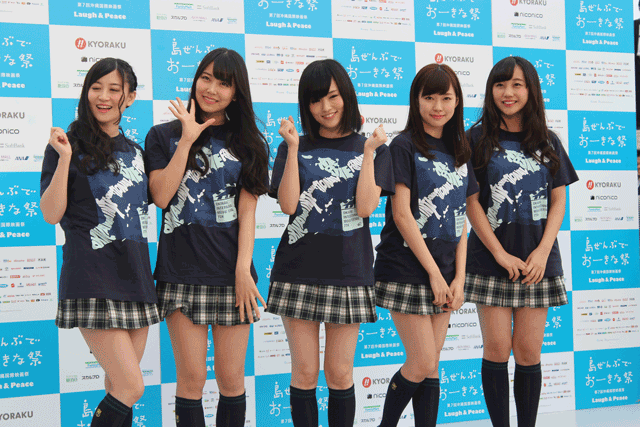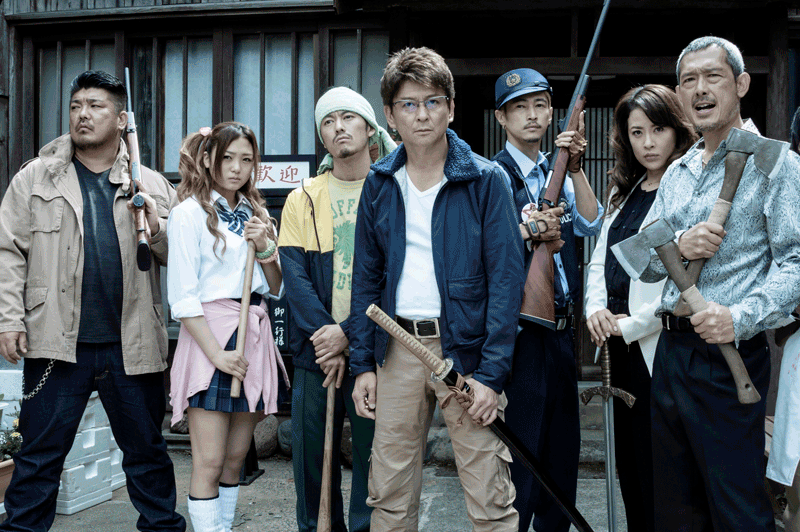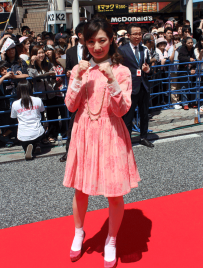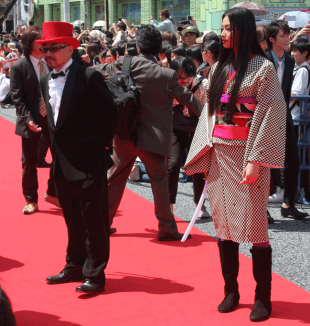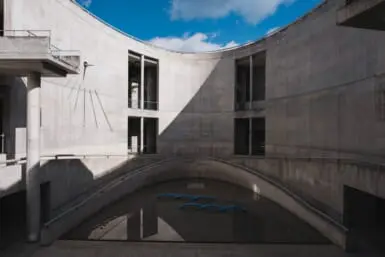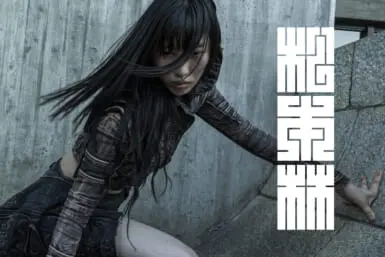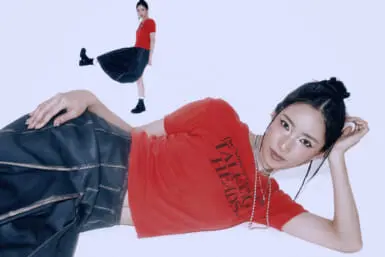Having always held ambitions beyond limiting itself to the traditional role of a film festival, the Okinawa International Movie Festival (OIMF) is embracing its position as a hub of entertainment that encompasses comedy, music, fashion and dance. However, as the event celebrates its seventh year, it seems that the movies themselves may be falling victim to this wide reach.
Text and pictures by Christopher O’Keeffe
OIMF is organized by Yoshimoto Kogyo, one of the largest talent agencies in the world and home to many of Japan’s biggest-name comedians and TV talents. In 2013, the festival was at its peak in terms of size and scale: it lasted eight days and featured much anticipated premieres and big-time Hollywood director Joel Schumacher wandering around the venues in his role as head of the Competition Jury. Last year saw an understandable downsizing but the impressive turnout continued with “Jackass’s” Johnny Knoxville providing the biggest international draw.
This year, in keeping with a paucity of foreign guests, the festival’s film competition and its award—“The Golden Shisa”—have been abandoned for the purpose of spreading media attention more evenly across the board. With Yoshimoto launching the Kyoto International Film and Art Festival last year, it seems a split budget may result in the more serious film considerations being reserved for the October event. There was still a hefty 16 special invitation films, including world premieres of homegrown work and Japan premieres of international fare. Chosen to reflect the festival’s continuing philosophy of ”Laugh & Peace,” highlights of the lineup included the rare appearance of a Cambodian work from the country’s fledging film industry, “Gems on the Run;” the latest from last year’s competition winner Hiroshi Shinagawa, “Deadman Inferno,” and ninja action from cult-favorite “Tokyo Gore Police” director Yoshihiro Nishimura, “The Ninja War of Torakage.” Okinawa has never been the most serious of film festivals—nor has it tried to be—but the lack of emphasis on film this year was obvious, and without the major releases and star names something felt missing from the experience.
Still, even the constant threat of rain on the day of the Red Carpet Opening Ceremony couldn’t dampen the spirits of the 20,000 fans who turned out for the occasion at Ginowan Beach. Crowds thronged, with many people eager to get a prime spot for an autograph or selfie with one of the stars. Members of the glittering class included “Deadman Inferno” director Hiroshi Shinagawa and its star Sho Aikaiwa accompanied by a horde of zombies; actress and karate champ Rina Takeda; girl group NMB48; and a sizeable roster of Yoshimoto comedians. While many of the ridiculously named talents—8.6 Seconds Bazooka, Trendy Angel, Panther, Bambino, Jungle Pocket—meant little to me, for the local audience, the slice of Tokyo buzz was a rare treat, and their enthusiasm proved infectious.
The number of Red Carpets had increased to three, with the curious choice of Okinawa City’s Koza Music Town added to the mix alongside the central city of Naha. On the surface Kozu appears an odd place to send a busload of celebrities, but in the context of the festival’s bid to embrace all of Okinawa it created a particularly interesting highlight. Kozu is home to one of the larger military bases, which has resulted in a unique history for the area. A particular type of R&B inflected Okinawan music originated in the town and the high street is lined with soul bars and music joints, along with a strip club or two.
Take a detour off the main drag and it’s like wandering into a ghost town with dilapidated surroundings and the occasional serviceman-oriented business, which makes for a great off-the-beaten-track tour. Homely looking cafes offer tacos and English menus, while faded storefronts flog military jackets and badges. One such establishment, Patch Shop Tiger, sells military emblems and insignia and is, I was told, the best in the world in terms of quality: so good, in fact that NASA order all their badges from them. The range of custom made designs catering to the demand of different military units shows off a colorful display of pop cultural imagery that references everything from South Park to Richard Nixon with slogans revealing how hard that particular squadron can kick your ass. Amidst the Navy influences the town has retained its Okinawan heritage and I was pointed in the direction of a traditional cemetery in the shape of a vagina (representing the birth/death cycle) and paths littered with marker stones to ward off malevolent spirits. This was an odd tour of a forgotten town that provided more insight into the current state of Okinawa than any of the themed steak houses of Kokusai-dori can offer.
Back at the festival and red carpets weren’t the only place to see celebrities as the beach stage held a wide variety of performances each day, the biggest of which was the Chura-ii Girls Up! Stage. A fashion and entertainment event aimed at young ladies, the show saw some of Tokyo’s most popular models on the catwalk, comedians running through their routines, and music from NMB48 (who performed their latest single “Don’t Look Back!”), and K-pop boy band Supernova. Being here for the movies, I was far more excited about the goings-on after the sun went down and the world’s largest portable outdoor screen, the Cine Screen 400, was unfolded. Providing a backdrop of stars for the night’s entertainment, Christopher Nolan’s science fiction epic “Interstellar” played on the first night and 1984 classic “The Terminator” playing a couple of days later. With the sound of the waves lapping against the shore fading in to the screen’s incredible audio system it provided quite the setting for viewing some of cinema’s finest sci-fi action.
Away from the festival, Yoshimoto have demonstrated a more concrete addition to the islands, having opened the Yoshimoto Okinawa Kagetsu building on Kokusai-dori earlier in March. Housing a colorful array of shops and food stalls catered towards tourists, the building also contains the area’s first major attraction—the Okinawa Omoro Haunted House. Company CEO Hiroshi Osaki has stated that his intention with OIMF is to create a focal point of activity in Okinawa while bringing something special to the often overlooked people of the region (Interview here). On the surface he’s certainly succeeding: the festival is a wonderful event enjoyed by thousands of people from the local area any fans of Japanese entertainment and culture are bound to enjoy the variety of entertainments on offer. Still, with all the noise and comedians around the red carpets, the finest moment came when the din faded away and I found myself sitting on the beach watching the thirty-year-old Arnold Schwarzenegger vehicle with the waves adding to the soundtrack. For moments like this, when it comes to Okinawa—I’ll be back.

